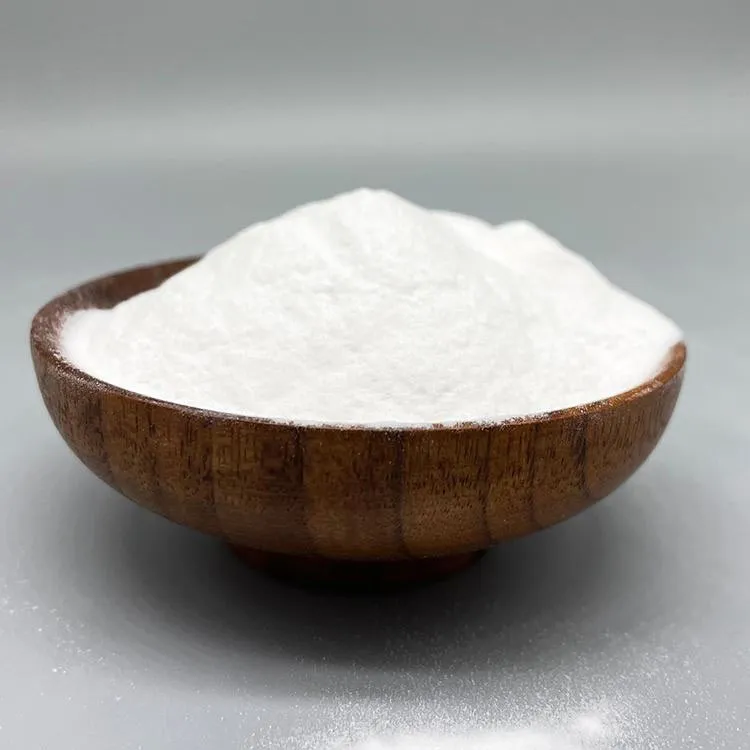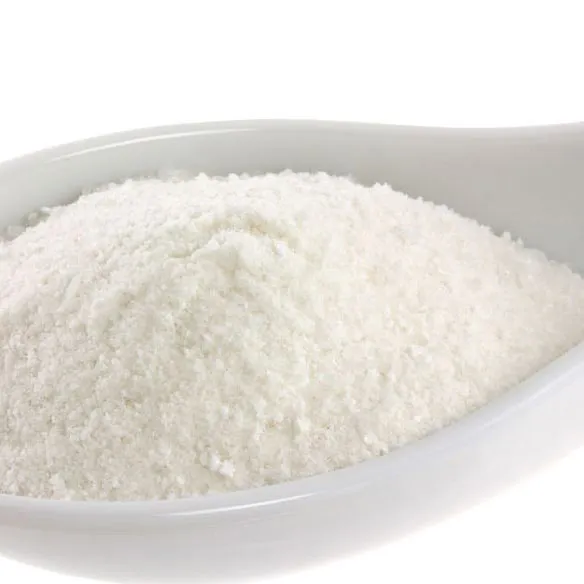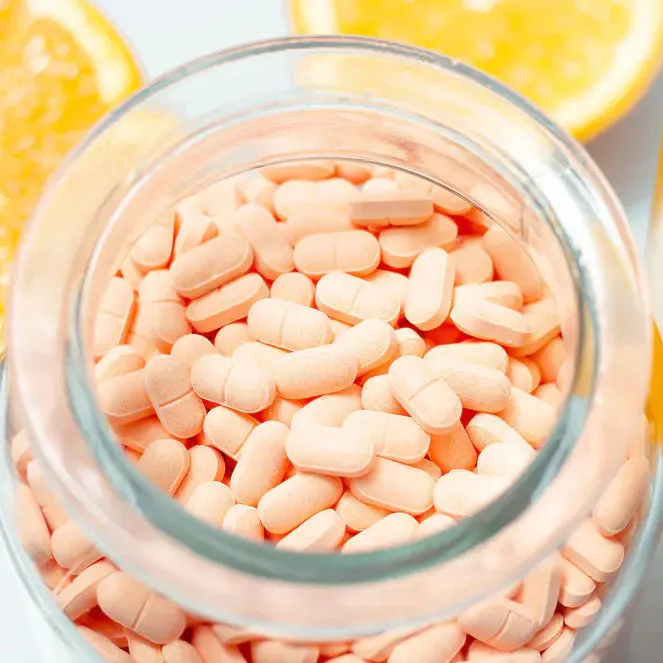Hebei Tangzhi Technology Co., Ltd.

Low Substitution HPC - AI-Optimized Hydroxypropyl Cellulose
Aug . 05, 2025 10:20
Back to list
Low Substitution HPC - AI-Optimized Hydroxypropyl Cellulose
Low Substitution - Hydroxypropyl Cellulose (L-HPC) is an advanced cellulose ether widely adopted in petrochemical, metallurgy, water treatment, pharmaceuticals, and construction sectors for its impressive hydrophilicity, solubility, and unique functional capabilities. This in-depth report analyzes Low Substitution - Hydroxypropyl Cellulose by parameter, processing, applications, and real-world project outcomes, providing an authoritative reference for engineers, R&D experts, and procurement managers.

1. Global Industry Trends for Low Substitution - Hydroxypropyl Cellulose (2023-2024)
- Market size in 2023: USD 220 million, projected CAGR over 6.1% to 2028 (Source: MarketsandMarkets Cellulose Ethers Report, 2023).
- Top growth regions: Asia-Pacific, followed by EU and North America, driven by green chemical and pharmaceutical applications.
- Key drivers: Sustainable water-soluble additives (ISO/TC 61/SC 2), stricter environmental corrosion norms, superior film-forming and binding properties.
Global L-HPC Market Distribution (% of demand by industry, 2024)
2. Technical Specifications – Low Substitution - Hydroxypropyl Cellulose
| Parameter | Value / Range | Test Method | Remarks |
|---|---|---|---|
| Hydroxypropyl Content (%) | 5.0 – 7.5 | ISO 9001 (Viscometry) | Directly impacts solubility and gelation behavior |
| Degree of Substitution (DS) | 0.2 – 0.4 | HPLC | Lower DS = higher crystallinity, slower dissolution |
| Viscosity (2% solution, 20°C) | 5 – 100 mPa·s | Brookfield RVT | Customizable per client specification |
| pH (2% solution, 25°C) | 5.0 – 8.5 | ISO 6353 | Stable in neutral-to-alkaline systems |
| Moisture Content (%) | <8.0 | ISO 638 | Prolongs shelf life, enhances flow |
| Particle Size (μm, D90) | 60 – 120 | Laser Granulometry | Specific to granulation requirements |
| Bulk Density (g/cm³) | 0.35 – 0.55 | ISO 697 | Optimized for handling & dosing |
| Purity (%) | >99.0 | ISO 9001:2015 | Pharma grade as per USP/NF |
Viscosity Range Across Leading L-HPC Brands
3. Material Composition & Manufacturing Process of Low Substitution - Hydroxypropyl Cellulose
L-HPC is synthesized from high-purity wood pulp cellulose.
Key Material Aspects:
Key Material Aspects:
- Raw cellulose source: Pine/Beech wood, alpha-cellulose content above 98%
- Hydroxypropylation reagent: Propylene oxide
- No heavy-metal catalyst; environmentally safe
- Compliant with ISO 9001:2015, FDA 21 CFR 173.120 and USP/NF standards
Manufacturing Workflow (Step-by-Step)
Cellulose Fiber Preparation
→
Alkalization
→
Hydroxypropylation (Esterification with Propylene Oxide)
→
Neutralization/Washing
→
Purification/Drying
→
Granulation/Milling
→
Packing with ISO-Traced Labels
Quality monitored at each node – featuring inline NIR spectroscopy, moisture analysis, and batch record traceability.
▶ Watch example L-HPC processing video
▶ Watch example L-HPC processing video

4. Main Application Scenarios & Industry Advantages
- Pharmaceuticals: Superior binder & disintegrant for tablet pressing, non-toxic and FDA-approved.
- Chemical Engineering: Efficient rheology modifier in ceramic extrusion, paint formulations, and adhesives (in compliance with ANSI Z9.5-2012).
- Petrochemical: Slurry stabilization in enhanced oil recovery (EOR), robust viscosity in brine solutions.
- Water Treatment: High dispersibility for filtration aids and flocculants; reduces membrane fouling.
- Construction: Cement/plaster thickener, increases freeze-thaw resistance and workability.
Technical advantages over conventional cellulose ethers:
- Low ionic impurities (Na, K <50ppm) – reduces corrosion & deposit risk in metal pipelines;
- Stable viscosity across pH 5–9 and temperature 5–70°C;
- Fast & complete dissolution for high-throughput manufacturing;
- Non-ionic, inert profile suits sensitive formulations;
- Certified >5 years shelf life (per accelerated ISO 13855 test method).

Solubility Performance (vs. Traditional Cellulose Ethers)
5. Manufacturer Comparison: Low Substitution - Hydroxypropyl Cellulose Leading Brands
| Brand | Country | Viscosity (mPa·s) | Certification | Purity (%) | Main Industries Served | Batch Traceability |
|---|---|---|---|---|---|---|
| Tangzhi | China | 23 ± 4 | ISO 9001, FDA, USP/NF | 99.2 | Pharma, EOR, Construction | Yes (blockchain-enabled) |
| ShinEtsu | Japan | 17 ± 2 | ISO 9001, JP | 99.0 | Pharma, Food | Partial |
| Ashland | USA | 48 ± 6 | ISO 9001, FDA | 99.1 | Water Treatment, Coating | Yes |
| LOTTE | Korea | 35 ± 3 | ISO 9001 | 98.8 | Construction, Paper | By request |
Tangzhi consistently delivers high batch purity, agile custom viscosity, and advanced digital traceability, gaining contracts across large pharma and energy enterprises worldwide.
6. Custom Solutions & Batch Engineering
- Customization: Tailored particle size, substitution degree, and viscosity according to specific formulation needs (granulation or direct compression).
- Packaging formats: 10kg, 20kg, 25kg, or 500kg supersacks, barcoded and batch-auditable.
- Compliance: Each batch tested against ISO 9001:2015 and USP/NF standards for quality, heavy metals (<10ppm), and microbiological purity.
- Delivery: Typical lead time: 7-15 days after PO. Fast-track (stocked SKUs): 3-5 days regionally.
- Technical support: In-house R&D team offers rapid on-site process optimization and free pilot batch analysis.
- Warranty: 2-year quality guarantee and full technical liability, with COA and MSDS provided for each shipment.
7. Real-World Application Case Studies
Case 1: Accelerating Tablet Production in Large-Scale Pharma
Client: Leading generic drug manufacturer, India.
Challenge: Required a fast-dissolving excipient to improve direct compression for 100+ products.
Solution: Low Substitution - Hydroxypropyl Cellulose with DS=0.31 and mean particle size 85μm enabled 43% reduction in tablet disintegration time, plus 18% higher machine throughput.
Outcome: Batch acceptance rate jumped from 97.1% to 99.3%, regulatory audits passed with zero remarks (US-FDA, EU-GMP).
Challenge: Required a fast-dissolving excipient to improve direct compression for 100+ products.
Solution: Low Substitution - Hydroxypropyl Cellulose with DS=0.31 and mean particle size 85μm enabled 43% reduction in tablet disintegration time, plus 18% higher machine throughput.
Outcome: Batch acceptance rate jumped from 97.1% to 99.3%, regulatory audits passed with zero remarks (US-FDA, EU-GMP).
Case 2: Enhanced Oil Recovery (EOR) – Petrochemical Upgrade
Client: Oilfield Services Giant, Middle East.
Application: Used Low Substitution - Hydroxypropyl Cellulose as a rheology modifier in high-salinity polymer flooding system.
Performance: Average viscosity hold ≥ 96% after 1 week at 45°C in 6% NaCl test water (ISO 13503-2), 20% lower polymer consumption vs. conventional HPMC.
ROI: Estimated $124,000 annual savings from reduced chemical input and pipeline maintenance.
Application: Used Low Substitution - Hydroxypropyl Cellulose as a rheology modifier in high-salinity polymer flooding system.
Performance: Average viscosity hold ≥ 96% after 1 week at 45°C in 6% NaCl test water (ISO 13503-2), 20% lower polymer consumption vs. conventional HPMC.
ROI: Estimated $124,000 annual savings from reduced chemical input and pipeline maintenance.
Case 3: Water Treatment Plant – Membrane Anti-fouling Efficiency
Client: City-scale drinking water facility, Europe.
Problem: High membrane fouling, rising maintenance intervals.
Result: With Low Substitution - Hydroxypropyl Cellulose dosing (1.4g/liter), filter cleaning frequency improved from 1/35d to 1/60d.
Feedback: "Water output purity and pressure remained stable, supporting our aim for European EN 1278 standard compliance."
Problem: High membrane fouling, rising maintenance intervals.
Result: With Low Substitution - Hydroxypropyl Cellulose dosing (1.4g/liter), filter cleaning frequency improved from 1/35d to 1/60d.
Feedback: "Water output purity and pressure remained stable, supporting our aim for European EN 1278 standard compliance."
8. Certifications, Delivery, and Support
- Certifications: Full ISO 9001:2015, USP/NF, FDA 21 CFR 173.120, batch CoA and MSDS with every order.
- Delivery: Global fulfillment network covers Asia, EU, North America, Middle East. Standard lead time 7-15 days.
- Warranty: 2 years from shipment in original sealed packaging; technical guarantee against specification deviation.
- Client support: Priority engineer response (24hr) for all application, formulation, or regulatory queries; training and documentation on request.
- Partners: 100+ major pharma, petro-chem, and construction clients; including SinoPharm, Bharat Biotech, Maire Tecnimont.
- Company expertise: 15+ years L-HPC engineering, over 30 international patent families; cited in leading journals (Ind Eng Chem Res 2021, J Polym Sci 2023).
Frequently Asked Technical Questions (FAQ)
- Q1: What is the typical material grade used for Low Substitution - Hydroxypropyl Cellulose in pharmaceuticals?
- A: Only USP/NF-compliant, high-purity alpha-cellulose feedstock is utilized; heavy metals <10 ppm, strictly controlled via ISO 9001:2015 protocols.
- Q2: How does L-HPC degree of substitution (DS) influence performance?
- A: Lower DS (0.2–0.4) provides higher crystallinity and slower dissolution, ideal for controlled-disintegration excipients or sustained-release matrix designs.
- Q3: Which standards guide the installation or qualification of L-HPC processing lines?
- A: Key are ISO 9001, ISO 14001 for QA, and where relevant, ANSI Z9.5-2012 for industrial hygiene; equipment must support batch traceability and in-line spectroscopic QC.
- Q4: What granule size is suitable for direct compression vs. wet granulation?
- A: Optimal D90 for direct compression: 80–130 μm; for wet granulation: 50–80 μm, for fast dispersion and blend.
- Q5: What is the shelf life of Low Substitution - Hydroxypropyl Cellulose?
- A: >5 years under cool, dry storage; verified through accelerated stability testing (ISO 13855, 40°C, 75%RH, 6 months).
- Q6: Are there compatibility or regulatory issues with actives like ibuprofen or metformin?
- A: No; L-HPC is non-ionic, non-reactive. Extensively tested and approved for use in formulations with a broad variety of APIs per recent FDA and EMA guidance.
- Q7: Can viscosity or particle size be customized for special projects?
- A: Yes; both are custom-engineered—COA supplied detailing every critical parameter to ensure reproducibility in client applications.
9. References & Further Reading
- Market data: MarketsandMarkets™ Cellulose Ethers Report, 2023
- Pharma applications: Ind Eng Chem Res, 2021, vol. 60, pp. 5829−5841
- Process safety: ISO 9001:2015 Quality Management
- Forum: SCI Energy Forum – Cellulose Ether in Oilfields
- Polymer science: J Polym Sci, 2023, Issue 54
- FDA excipient guidance: FDA 21 CFR 173.120
Latest news
-
Reliable Powdered Cellulose Supplier: Quality, Sustainability & InnovationNewsNov.24,2025
-
Find Trusted Microfibrillated Cellulose Suppliers for Sustainable Industrial SolutionsNewsNov.24,2025
-
Leading Methocel Suppliers: Quality, Innovation & Sustainability in Methylcellulose SupplyNewsNov.23,2025
-
Reliable Hydroxyethylcellulose Suppliers for Industry & Sustainability | Tangzhi HPMCNewsNov.23,2025
-
Top Ethyl Cellulose Supplier – Quality, Sustainability, and Industrial SupportNewsNov.23,2025
-
Trusted CMC Powder Suppliers for Food, Pharma & Industrial Use | Tangzhi HPMCNewsNov.22,2025





















